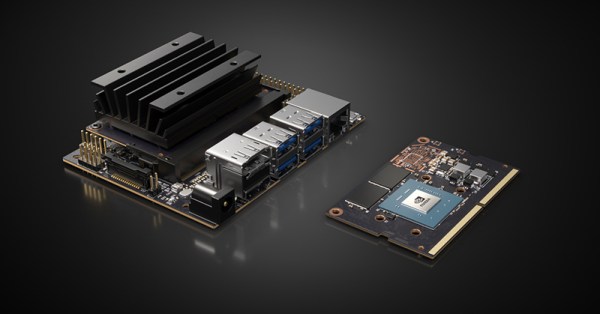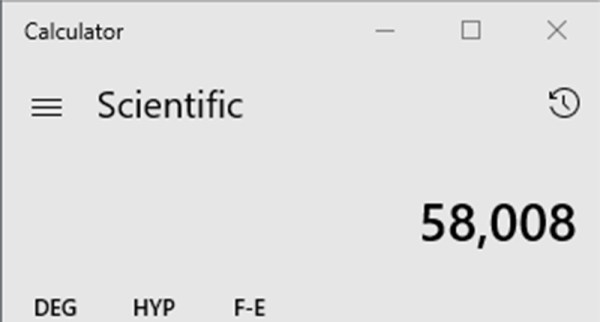If you are a certain age, you probably remember the promise of supersonic transports. The Concorde took less than 4 hours to go across the Atlantic, but it stopped flying in 2003 and ended commercial supersonic passenger flights But back in the 1970s, we thought the Concorde would give way not to older technology, but to newer. After all, man had just walked on the moon and suborbital transports could make the same trip in 30 minutes and — according to Elon Musk — go between any two points on the Earth in an hour or less. A key component to making suborbital flights as common as normal jet travel is a reasonable engine that can carry a plane to the edge of space. That’s where the UK’s Sabre engine comes into play. Part jet and part rocket, the engine uses novel new technology and two different operating modes to power the next generation of spaceplane. The BBC reports that parts of the new engine will undergo a new phase of testing next month.
The company behind the technology, Reaction Engines, Ltd, uses the engine in an air-breathing jet mode until it hits 5.5 times the speed of sound. Then the same engine becomes a rocket and can propel the vehicle at up to 25 times the speed of sound.
Continue reading “Air-Breathing Rocket Engine Promises Future Space Planes”


















